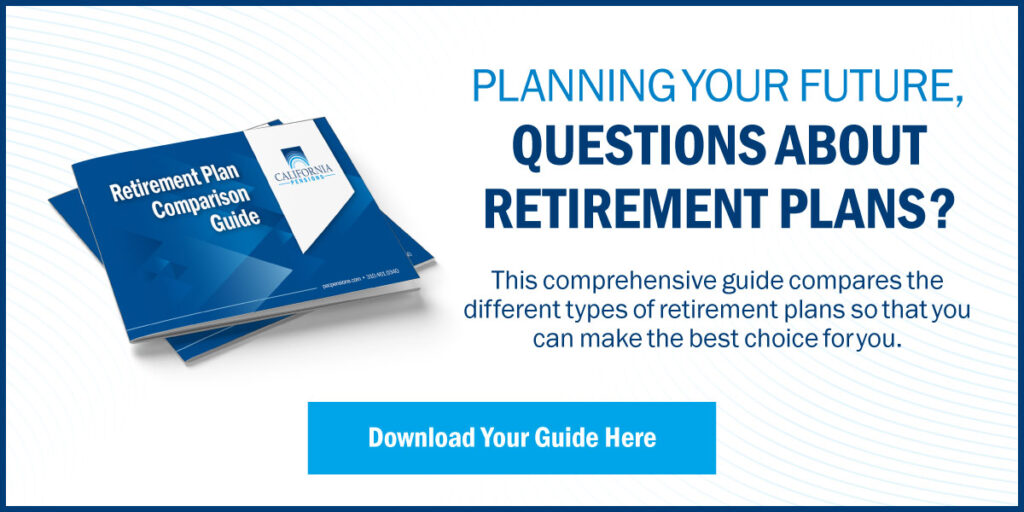As a trusted partner in retirement planning, we’re here to provide you with expert insights and information to help you make informed decisions for your business. In the past, we’ve discussed the fundamentals of profit-sharing plans and delved into the advantages and disadvantages they offer. Today, we invite you to join us on a deeper exploration of a specific type of profit-sharing: the new comparability profit-sharing plan. Let’s take a closer look at what it is, how it compares to other types of profit-sharing, and the requirements involved in maintaining a new comparability profit-sharing plan.
401(k), SEP, or SIMPLE? Find Your Right Retirement Plan Solution with Our Helpful Infographic!
The New Comparability Profit-Sharing Plan
While both traditional and age-weighted profit-sharing plans provide HCEs opportunities to save for retirement, new comparability profit-sharing plans provide the most flexible and tailored approach.
A new comparability profit-sharing plan is a type of retirement plan allowing employers to allocate different contribution percentages to various groups of employees. These groups known as “allocation classes” are categorized based on various factors such as job title, length of service, or any other non-discriminatory classification. Utilizing this type of plan lets employers maximize their contributions to highly compensated employees (HCEs) while still meeting nondiscrimination testing requirements.
For example, an employer may decide to have a higher contribution rate for executives to attract and retain top talent, while allocating a lower contribution rate for less experienced employees. This flexibility allows employers to tailor their retirement plan to meet the needs of their workforce, while also aligning with their business goals.
How it Differs from Other Profit-Sharing Plans
In traditional profit-sharing plans, the contribution percentage is the same for every employee regardless of position, income, or tenure. Since these plans are typically designed to provide a uniform contribution to all employees, they are easier to administer. However, they may not be as effective in encouraging employee retention and promoting retirement savings as they do not offer much flexibility in contribution allocation. Similarly, while age-weighted plans—in which older employees receive a greater contribution—are more tailored than the traditional profit-sharing plan, they do not compare to the level of customization offered by new comparability profit-sharing plans.
Nondiscrimination Testing
To ensure new comparability profit-sharing plans do not discriminate in favor of HCEs, these plans must undergo annual nondiscrimination testing. This testing checks that contributions made to HCEs compared to non-highly compensated employees (NHCEs) do not exceed a certain limit. Depending on which is less, the required minimum contribution made to all plan NHCEs must equal:
- 5% of the participants gross income
- One-third of the highest contribution rate given to any HCE, which is dependent upon the plans definition of compensation
Discover if a New Comparability Profit Sharing Plan is Right for You
New comparability profit-sharing plans offer a flexible and customizable approach to retirement planning, allowing employers to strategically allocate contributions to different groups of employees. This tailored approach allows employers to cater to, attract, and retain talented employees. Consult with California Pensions’ retirement plan experts to determine if a new comparability profit-sharing plan is the right fit for your business and to empower yourself to confidently navigate the complexities of retirement planning.





